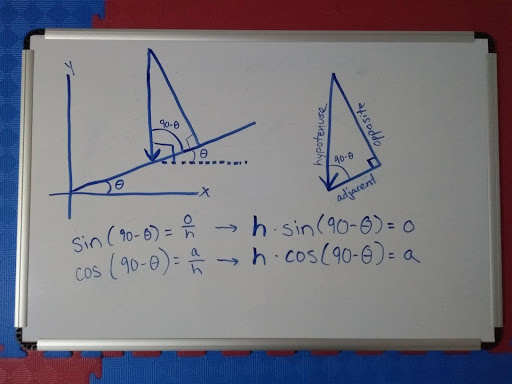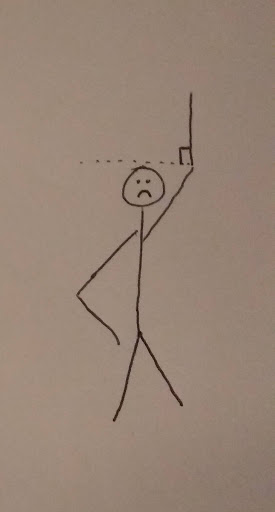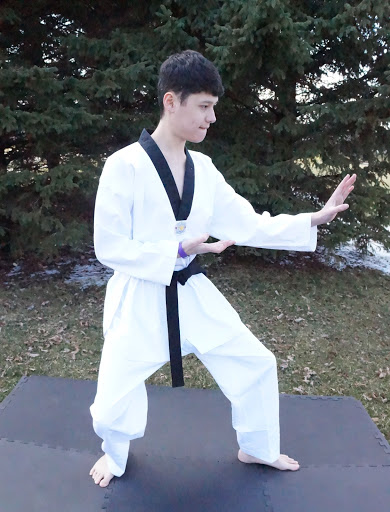Hello everyone!
This is not the first time things have been quiet here for a while, but as some have suspected, it's different this time.
You all deserve an explanation and details, but first... this sure has been a ride, and I can't thank you all enough for being a part of it. I have always been acutely aware of the caliber of martial artist who pay attention to Martial Journeys, and that has kept the bar very high. Your intelligent and thoughtful comments and questions constantly inspired me to make better content. I will always be grateful for that. Thank you so much for your support, and the time and attention you've given to Martial Journeys. My world has been better for it, and I hope yours has as well, in some small way or another.
So what's with all this mushy stuff?
Over the summer, I made the very difficult decision to shut down Martial Journeys and return to a (gasp!) desk job. As it turns out, it's pretty much the coolest desk job ever, but that's beside the point.
I naively hoped I'd be able to keep Martial Journeys going in some form once the dust settled from all the changes. Which is kind of like thinking a zombie apocalypse won't make you late to your anniversary dinner. Laugh all you want--I hoped.
 |
| Okay, but after this chase I REALLY have to get to the steakhouse. photo credit |
Now that the dust has settled, it's clear that continuing my local school and the online seminars is not realistic. There won't be new blog posts or podcast episodes, but existing blog and podcast content will remain available. I'll still be reachable through the Martial Journeys group on Facebook and on Twitter. And of course, I'll still be training.
As for why I'd make such a dramatic career change, there are a lot of reasons, not the least of which is that it is hard and not any fun to teach martial arts during a pandemic. It's also hard to pay the bills when all your students' programs are frozen and you can't bring yourself to charge them for remote classes. And even in better times, even though I love teaching martial arts, I did not enjoy running a business.
So what am I up to, then?
Story time:
There are lots of version of this story out there--who knows how many of them are actually true--but we all know the sort. Some young, unassuming, beginner, usually a girl, shows up to class on her first day. Some arrogant higher rank responds with something like "Aw, cute, a girl wants to learn to fight." But when they spar, she unleashes everything she's got, and the arrogant upper belt doesn't know what hit him. She faces down an extreme challenge and wins not with size or strength or experience, but with a bold heart and the right attitude. Like I said, you've no doubt heard a version of this story before, or maybe even been in one. Keep your version of that story in your back pocket for a minute.
 |
| Bring it. |
When the pandemic hit and we were all stuck solo training, online games became my primary social activity. In particular, I started playing this weird little co-op game called The Blackout Club, which just happens to be the most criminally underrated game of all time.
I don't talk about it much in martial arts circles (notable exception here), but once upon a time I was a video game programmer. I can play a game and get an idea of how it was made. In The Blackout Club, I saw a small team attempting to create something so ambitious that even a team of ten times the size would never even have tried it. But like the beginner in the story, they came out punching with everything they had, and against all odds it worked. It was inspiring enough to reawaken my desire to create. I dusted off my resume and started checking job boards.
Because life is crazy, that small team that inspired me is the one I've landed on. I work at Question. While closing the Martial Journeys chapter of my life is incredibly heavy, I'm excited about the new chapter.
Again, I can't thank you all enough for your support over the years. Blogs and podcasts are nothing without readers and listeners, just like classes are nothing without students. You've all made this a fun and rewarding experience for me, and I hope it's been equally fun and rewarding for you. Take care, keep training hard, and have fun.
















